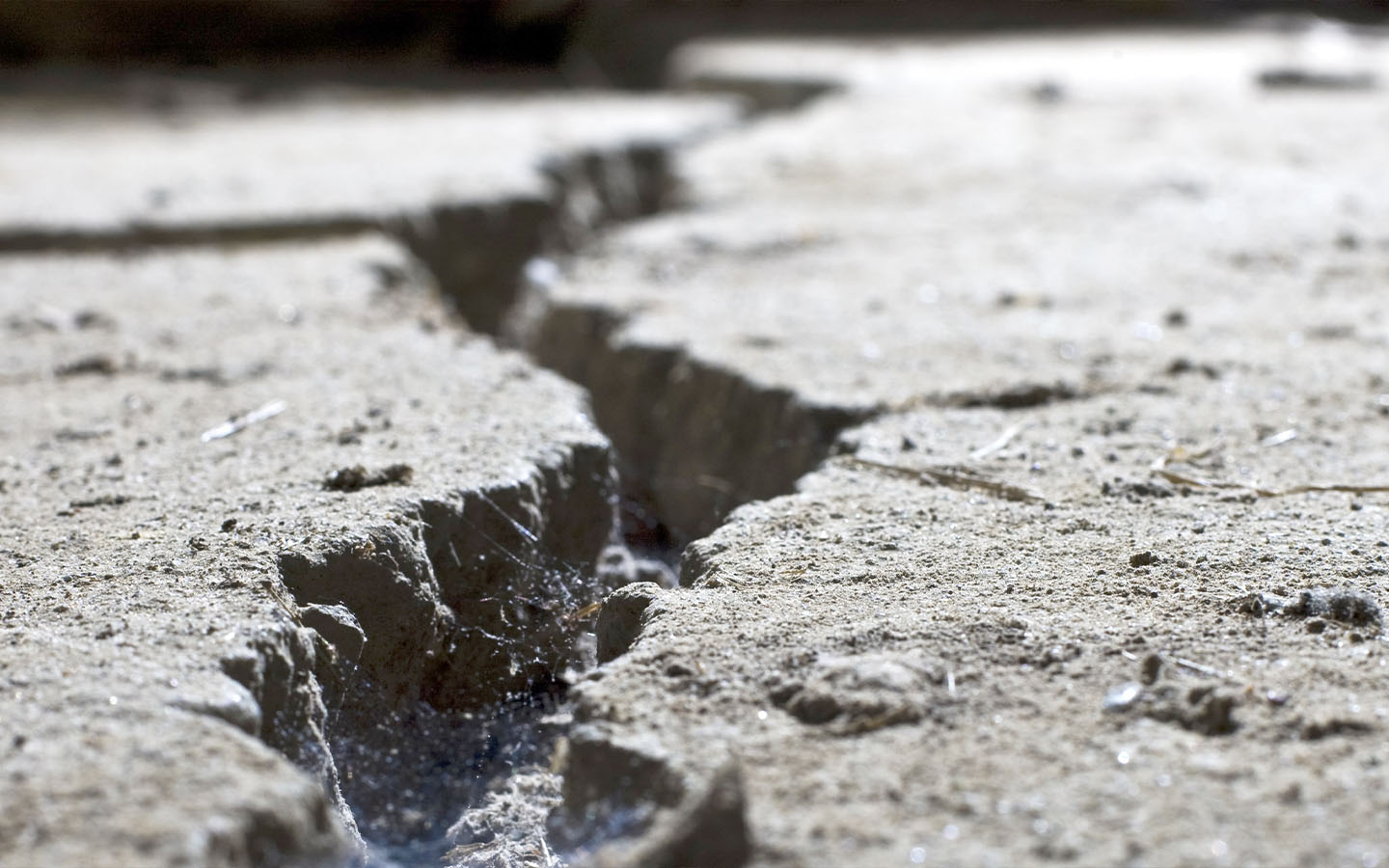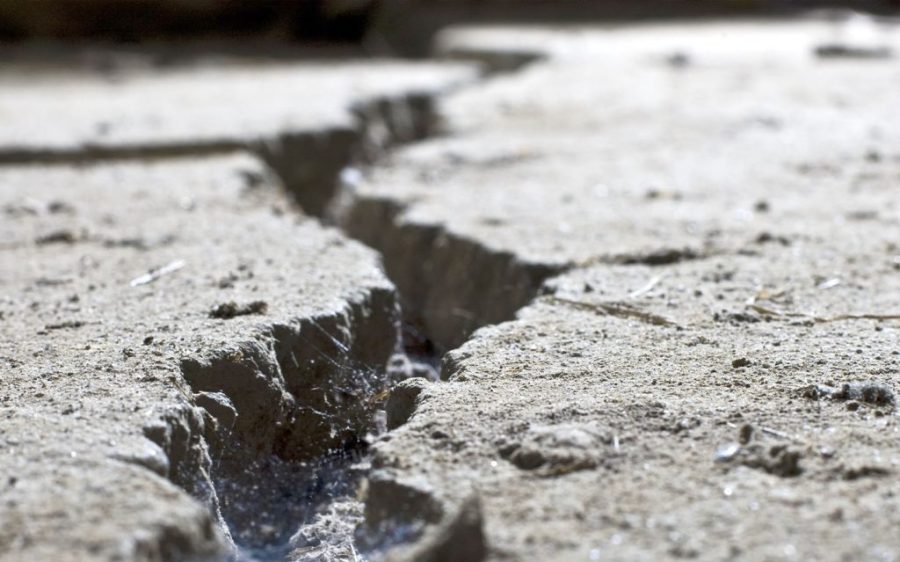Parts of western China and the surrounding regions are currently at high risk of being struck by major earthquakes, according to a new study published last month in Geodesy and Geodynamics, a journal published by the China Earthquake Administration.
The paper, which was cited by various media outlets and released shortly before the magnitude 7.9 quake that killed over 3,000 people in Myanmar, drew a connection between earthquake cycles and the changes in the Earth’s rotation.
Based on an analysis of nearly 150 years of earthquake data that stretched back to 1879, the scientists found that there were six “active periods” of earthquake activity around China and its neighbouring areas.
The researchers, led by Zhu Hongbin of the Beijing Earthquake Agency, noted that the periods saw correlations between the planet’s rotational speed and the “corresponding tectonic stress realignments.”
According to the paper, the current sixth period of earthquakes affects Sichuan, Yunnan and the Chinese side of the Himalayas.
[See more: Beijing to give Myanmar almost US$14 million in earthquake aid]
“The region may currently be entering the nascent phase of a new seismic active period,” the researchers concluded.
To make matters worse, Zhu’s study pointed to strain accumulation along Sichuan province’s Longmenshan Fault, where the 2008 Wenchuan and the 2013 Lushan earthquakes occurred.
Previous phases of earthquakes that were that were identified by Zhu and his team impacted areas such as the Pamir-Baikal seismic belt (1897 to 1912), the Qinghai-Tibet Plateau (1920 to 1934), the southeastern corner of the plateau (1946 to 1957), Yunnan and north China (1970 to 1976) and a part of the eastern Tibetan Plateau known as the Bayan Har block (2001 to 2015).
Despite Zhu’s conclusions, some seismologists have cast doubt over the idea that China has entered an active period of earthquake activity.
Gao Mengtan, an expert with the China Earthquake Administration, told CCTV late last month that “the global seismic activity this year has been lower than in the past..” He added that “based on the current circumstances, it is difficult to say that the earth has entered a period of active seismic activity following the earthquake [in Myanmar].”






